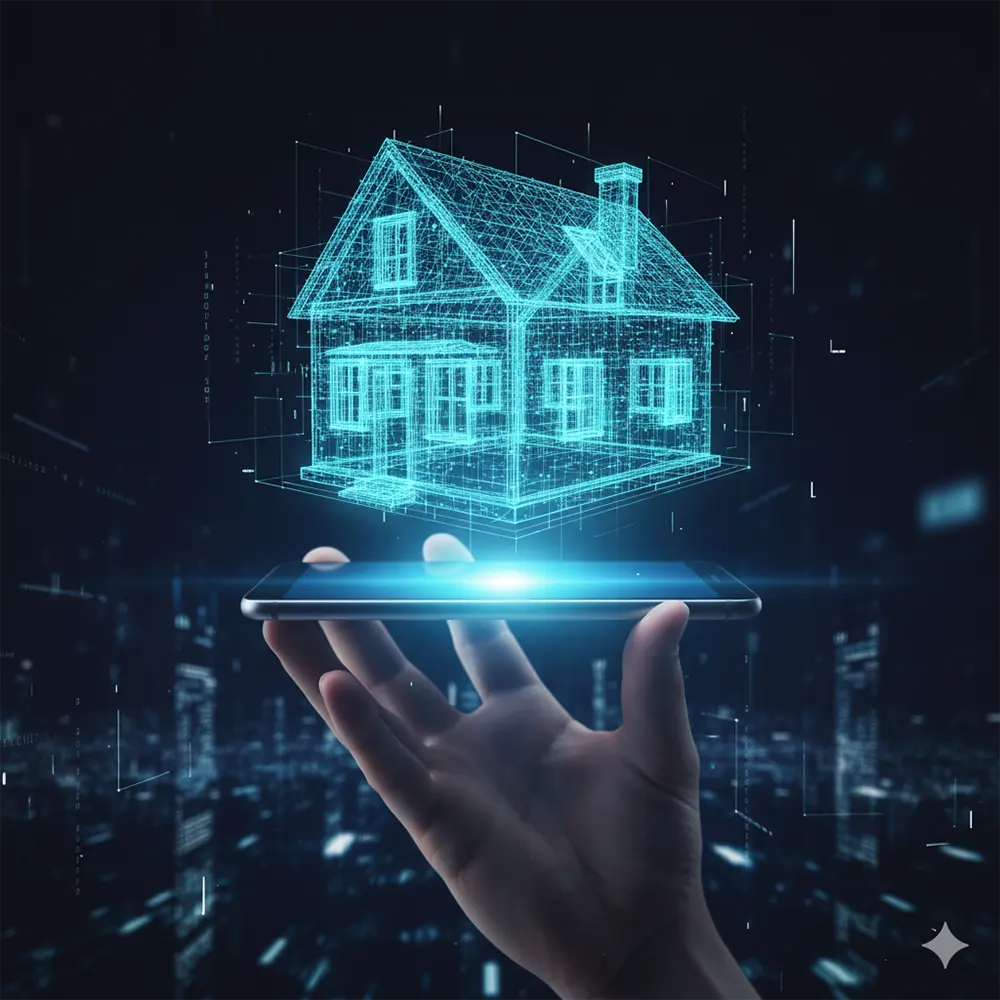
In March 2021, a significant barrier to the world of 3D capture was removed: the Matterport Capture app was officially released on the Google Play Store. For the first time, users on Android—a platform with immense global market share—could create immersive virtual tours. This article, updated for 2025, explores the evolution of Matterport on Android and provides a practical guide for both new users and professionals.
The Android Advantage: Expanding Access to 3D Capture
The introduction of the Android app democratized 3D scanning. It enabled a vast new audience to access the platform through a tiered approach, allowing users to start with the device in their pocket and scale up as their needs grow.
- Smartphone Capture:
Anyone with a compatible Android phone can now create a 3D tour for free, making it an incredible tool for learning and small personal projects.
- 360 Camera Capture:
The app supports a range of consumer 360 cameras, allowing users to produce high-quality visual tours with greater speed and efficiency than a smartphone.
- Professional Camera Capture:
The app serves as the control center for Matterport's professional cameras, enabling high-end capture workflows on a wider variety of devices.
However, it is important to set expectations: for commercial projects where high visual fidelity and dimensional accuracy are required, the Matterport Pro2 or Pro3 remains the recommended standard.
A Technical Look at Modern Android
The experience of using power-intensive apps like Matterport Capture on Android has improved dramatically since 2021, thanks to significant advancements in the operating system itself.
- Advanced Camera APIs:
Modern Android versions feature the CameraX API, which gives developers more direct and consistent control over a device's camera hardware. This allows the Matterport app to better optimize the image capture process across a wide range of phones.
- Improved Memory Management:
The Android OS has become far more sophisticated in managing RAM and background processes. For users running a scan, this translates to a more stable and responsive app experience, with fewer crashes or slowdowns during a capture session.
- Powerful Hardware:
The flagship Android phones of 2025 feature processors with powerful neural engines and computational photography capabilities, which assist in the complex task of processing and aligning 3D data on the fly.
The Professional's Workflow: High-Volume Scanning Considerations
While both iOS and Android are highly capable platforms for controlling a Matterport scan, a specific hardware consideration gives the Apple ecosystem an edge for very large and complex projects. High-end iPad Pro models (typically those with 1TB or more of storage) are equipped with 16GB of RAM.
This substantial memory is a significant advantage during extremely large scans. For projects that require a thousand scan points or more—such as a multi-story office building or a vast warehouse—the additional RAM helps the Capture app remain fluid and responsive, preventing potential slowdowns or crashes that can occur on devices with less memory. For those interested in an unbiased technical comparison of high-end mobile hardware, our recent iPhone 17 Pro review includes a detailed analysis against its top Android competitors.